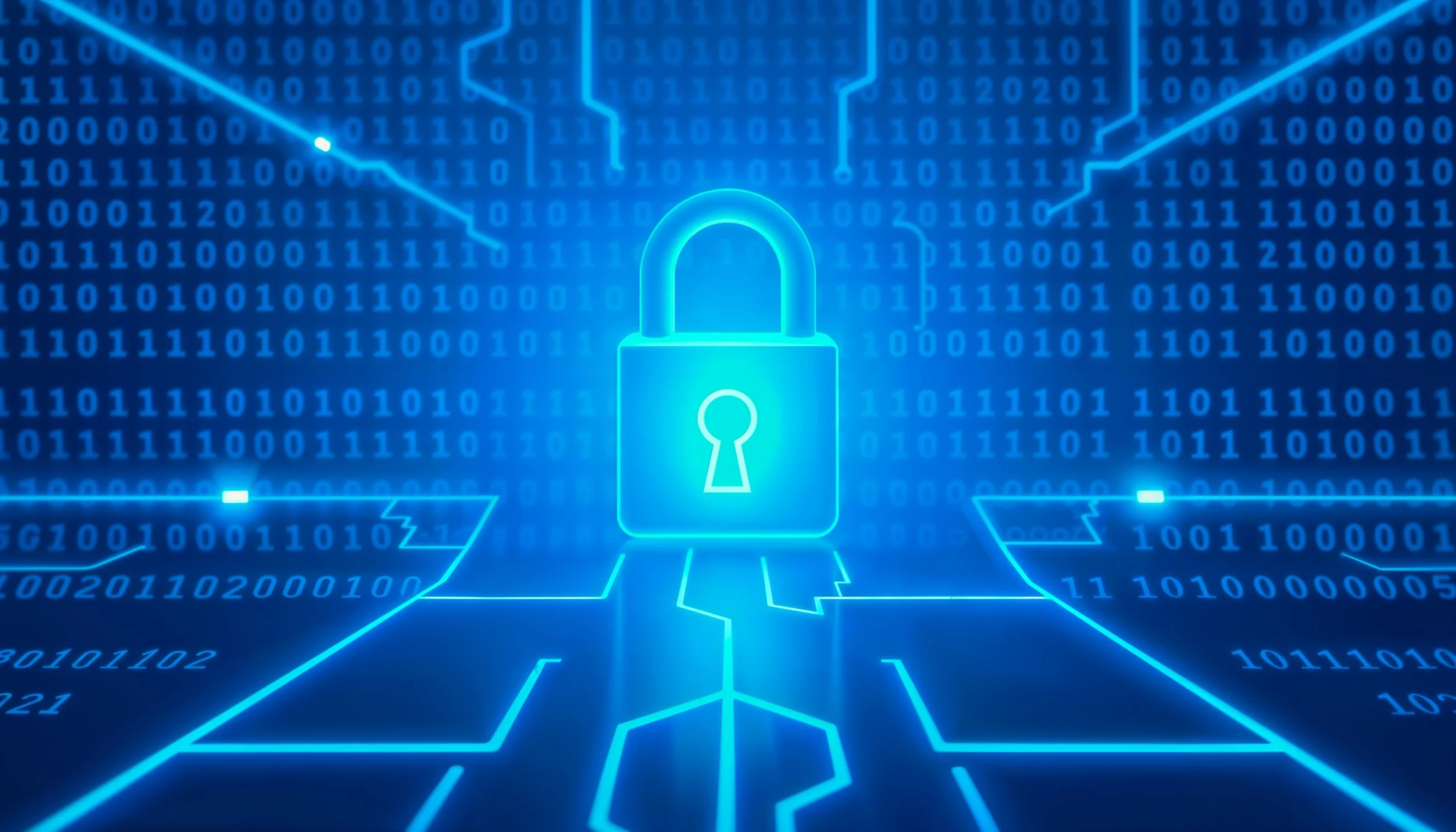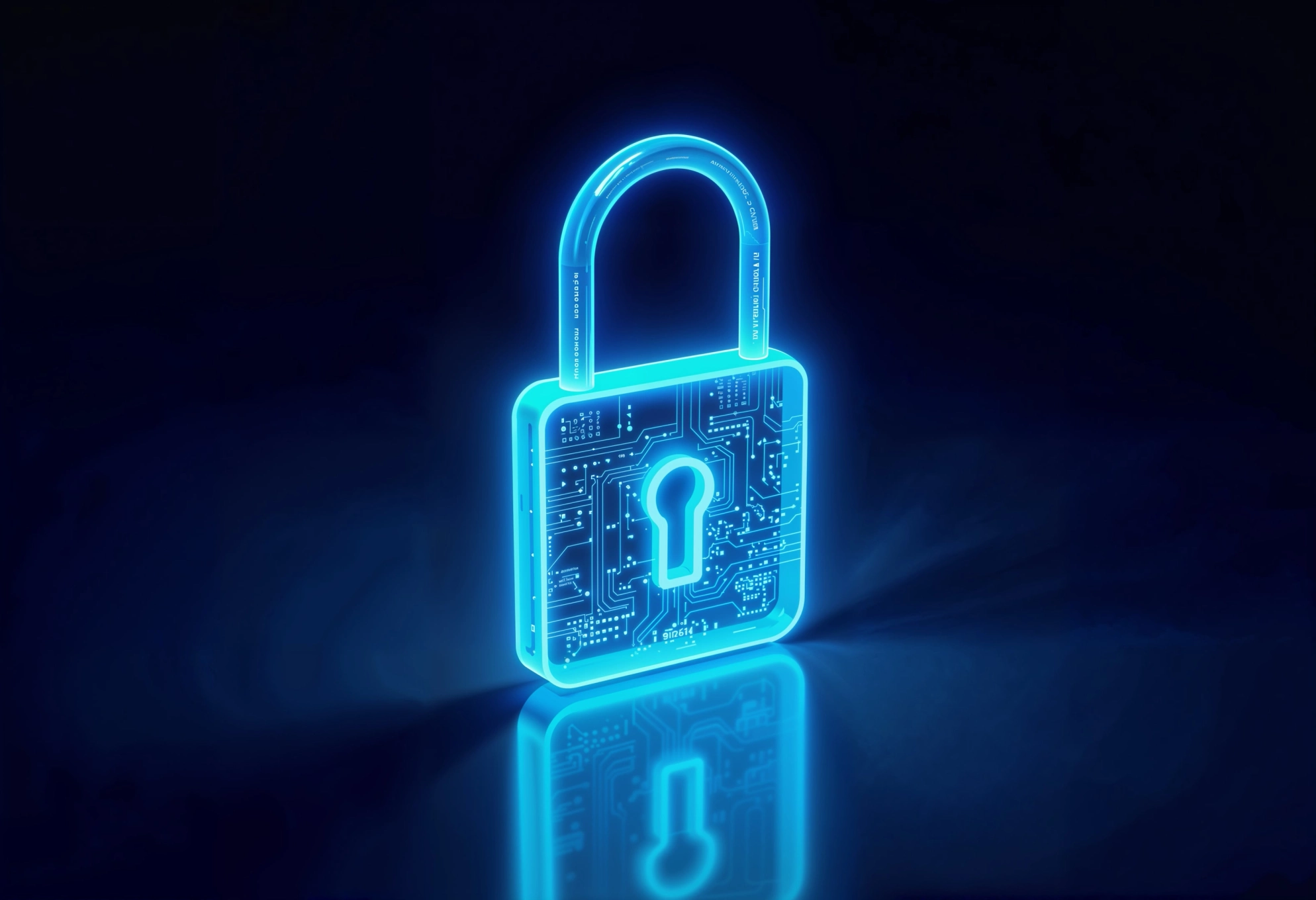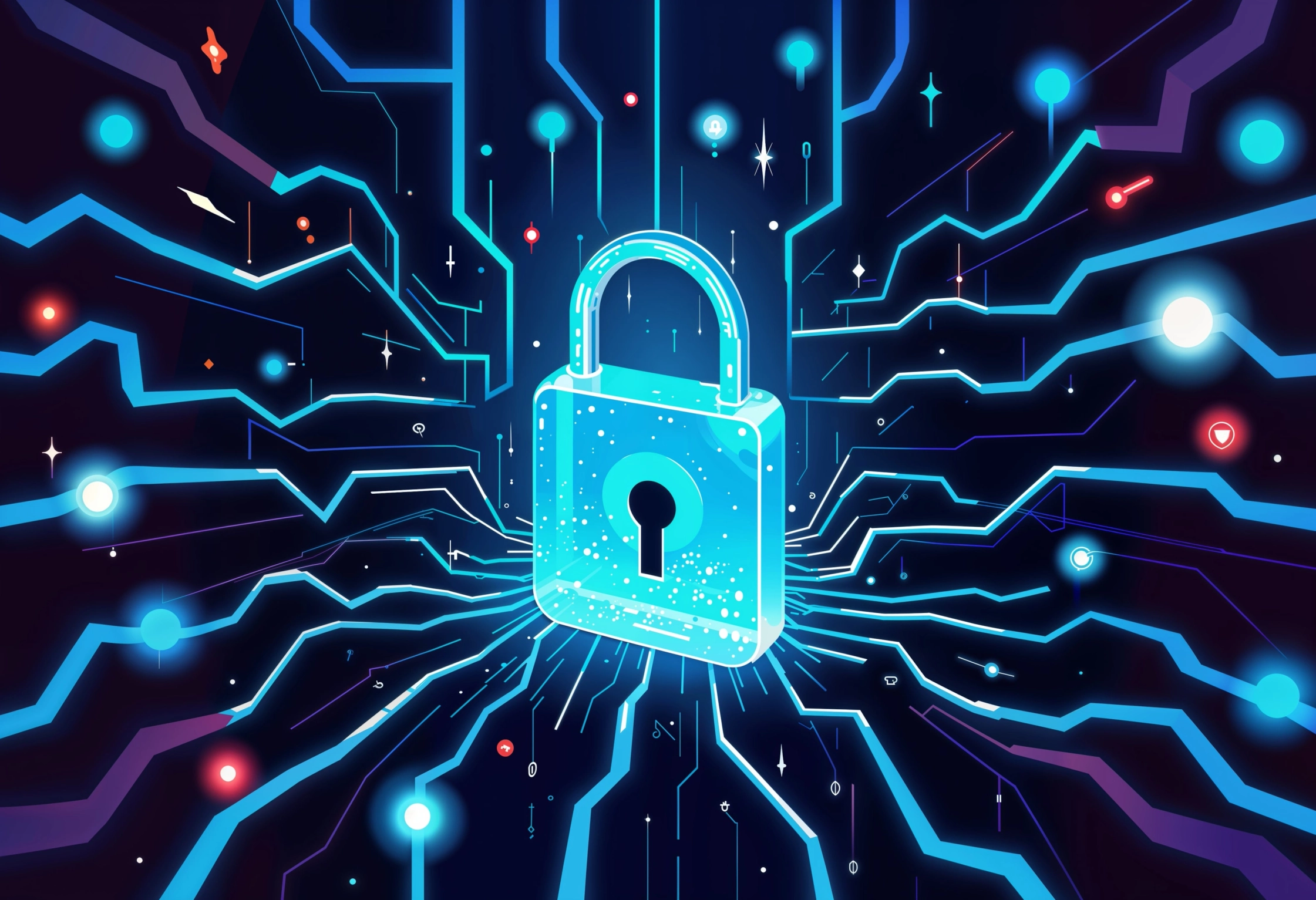Essential Guide…
- Home
- Computer Security
- Cybersecurity Risk…
Cybersecurity risks in the modern, hyperconnected world are at their peak and will continue to increase with each passing moment. The average global cost per breach has increased to a sky-rocketing $4.88 million in 2024. Firms thus must be proactive and come out with an action plan identifying vulnerabilities and mitigating any identified risks in operations. A cybersecurity risk assessment, or CRA, is one such strategy—a structured approach to evaluating and addressing cyber threats. [Source: Statista].
This article explores the components of CRAs, their importance, and best practices to ensure your business remains resilient against cyber threats.
What is a Cybersecurity Risk Assessment?
A cybersecurity risk assessment (CRA) is a detailed and systematic approach to identifying, assessing, and analyzing risks. It should cover forms of compromise an organization’s infrastructure and its sensitive data may have and how can the company properly address them.
Ultimately, A CRA’s goal is to spot existing weaknesses and anticipate potential attacks or breaches (data theft) to deliver a comprehensive plan to successfully protect sensitive information.
Key Components of a Cybersecurity Risk Assessment
Identifying threats
Identification of the source of danger begins with finding various attack vectors, such as ransomware, phishing, or vulnerabilities. Generally, hazards often originate from internal (insider misuse, unintentional mistakes, or misconfigurations) or external (cybercriminals, hackers, or malware) sources.
Once these threats have been identified, companies can evaluate how they might jeopardize systems or sensitive data. Advanced detection and hunting facilitates efficient resource allocation, allowing for a more focused and effective cybersecurity strategy.
Evaluating vulnerabilities
Finding vulnerabilities in the organization’s systems, apps, or infrastructure that could be exploited will be simpler after the threats and their sources have been determined. Numerous vulnerabilities have been identified by us; these could include out-of-date software, incorrectly configured security settings, inadequate access control, a lack of employee training on how to handle certain assaults, etc.
Familiarity and proper assessment of these weak points help prioritize areas that need improvement and make the system more secure.
Analyzing risk impacts
Understanding the potential consequences of the cyberattack—be that financial loss, operational downtime, or reputational damage—helps them focus on the most severe issues.
Response and Remediation services dynamically approach identified risks, providing real-time visibility and immediate action to try to minimize the potential damage.
Why is a Cybersecurity Risk Assessment Important for Your Business?
Cyber attacks can have different motives, and it’s not always monetary. However, they generally result in financial consequences or loss to the business they’re attacking. Here’s how a strong cybersecurity risk management plan helps a company:
Protect sensitive data and maintain customer trust
A cybersecurity risk assessment can help one easily find a company’s system vulnerabilities before they are exploited. This is because the likelihood of supporting or trusting a business is higher when consumers are sure that their information is safe.
Comply with industry regulations and standards with ease
Many industries have strict cybersecurity regulations. Some of the most commonly used are GDPR, HIPAA, or PCI DSS. A risk assessment ensures that compliance is met. Compliance satisfies the company with being viewed as a responsible and secure organization.
Minimize financial loss and reputational damage due to breaches
Cyber attacks can cause financial losses by way of downtime, fees, and costs to recover. Incidents breach the trust of the customer. The business’s reputation is usually permanently damaged due to customers’ loss of trust. Customers will leave and revenue will decrease.
A risk assessment helps with the implementation of security measures in controlling the number of attacks and lowering negative impact-this way, it would save the business from long-term and irremediable damages.
Challenges in Conducting Cybersecurity Risk Assessment
Lack of internal expertise
Lack of internal experience is one of the primary causes of many firms’ difficulties with cybersecurity risk assessments. Finding weaknesses and putting effective solutions in place can be a challenge in and of itself if one has the requisite information.
The solution to it is as easy as partnering with a Managed Security Service provider for continuous monitoring and expert-led investigations.
Lack of budget or resources
Limited budgets usually lead to underfunded cybersecurity initiatives, leaving businesses weak and an easy target. As previously mentioned, funding risk assessments and cybersecurity measures is absolutely essential and ought to be viewed as a need rather than a luxury. Many companies don’t realize that the expense of the breach is much more than the cost of taking precautions.
Overcoming employee resistance to cybersecurity measures
It hurts the business when the employees resist adopting new cybersecurity practices (viewing them as inconvenient or unnecessary). Thus, providing clear communication, and training, and putting heavy emphasis on the importance of cybersecurity can help cultivate a culture of compliance and openness to change.
Balancing business operations with security needs
Tightening security measures sometimes contradict smooth business operations. Striking the right balance requires implementing solutions against threats and managing the risk while minimizing disruptions and ensuring security and efficiency.
Security Strategy and Design Consulting ensures that your cybersecurity framework is tailored to align with your organization’s unique operational goals. By identifying key priorities and integrating effective solutions, businesses can achieve both robust security and seamless functionality. This alignment ensures resources are allocated efficiently while reducing unnecessary complexity and costs.
Check out CyberSense Solutions Managed Security Defense:
Specializing in a comprehensive range of cybersecurity solutions, including Managed Security Services (MSS), CyberSense Solutions delivers:
24/7 Continuous Monitoring- Continuous surveillance of your systems to detect suspicious activity and security breaches in real time.
Expert-Led Investigation: Our team of cybersecurity experts leads all investigations to ensure thorough analysis and timely resolution.
Alert Triage and Escalation: Alerts are triaged, prioritized, and escalated to ensure the most critical threats receive immediate attention.
Attack Behavior Investigation & Analysis- We conduct an in-depth analysis of attack patterns to understand and mitigate the impact of ongoing or future threats from initial access to lateral movement.
Advance Detection & Hunting- Proactive detection of sophisticated threats through expert and automated hunting techniques.
Response & Remediation
Managed Rapid Response: Fast and efficient incident response services to minimize the impact of a security breach on your organization.
Remote Containment: Our experts can remotely contain and eliminate threats, preventing further damage and ensuring business continuity.
Retrospective & Consultation: Post-incident analysis and consultation to review the breach and implement recommendations for strengthening future defenses.
Sense360™ Platform: A consolidated dashboard provides actionable information and real-time awareness of security threats.
Stronger protection begins with an understanding of cybersecurity challenges. Allow our professionals to lead you through a comprehensive risk assessment that is suited to your company’s requirements. To make sure your company is ready and protected, get in touch with us right now.
Key Benefits of a Cybersecurity Risk Assessment
Proactive identification of vulnerabilities before they are exploited
A risk assessment enables businesses to pinpoint weaknesses in the cybersecurity framework, allowing plenty of leeway time to address them before cybercriminals get to them first. CRAs have significantly reduced the likelihood of successful cyber attacks.
Managed Security Services (MSS) prevent breaches by addressing risks before exploitation. This can be a valuable tool for making your business more secure than ever.
Efficient allocation of resources by identifying high-priority risks
Reminder: Not all risks are equal. A cybersecurity risk assessment helps you prioritize threats based on their potential impact, guaranteeing all resources are allocated where they are needed most. This targeted strategy saves time and money while maximizing protection (managing cyber risk).
Tailored Security Strategies reduce unnecessary spending by focusing on critical vulnerabilities, meaning that your organization’s resources are utilized effectively. Less guesswork, streamlined processes, and a stronger defense against cyber threats are the results.
Enhanced ability to recover from an attack through effective planning
One thing that will help in the preparation for the worst cases is risk assessments. Once the right response plan is implemented, businesses will easily rebound from cyberattacks; for example, reducing downtime, loss, and irreversible reputational damage.
Continuous improvement of security posture and prevention of future incidents
Cybersecurity is an ongoing endeavor. Regular evaluations enable your company to adapt to new threats and strengthen current controls, ensuring that your defenses are strong, customized, and successful in stopping breaches in the future.
Stop waiting for a breach to reveal your weaknesses. The difference between disaster and resilience may lie in a thorough cybersecurity risk assessment. Today, recognize risks, safeguard important resources, and guarantee compliance.
Contact our experts now to schedule a consultation or request a free risk assessment demo and safeguard your business for the future!
7-Step Process to Conduct a Cybersecurity Risk Assessment
Follow these actionable steps to stay ahead of progressive cyber risks.
Step 1. Perform a data audit and assess informational value
Catalog and assess the value of the data your organization handles, including compliance requirements to understand what needs the highest level of protection.
Step 2. Identify and prioritize assets
Create an inventory of critical assets—hardware, software, and networks—and rank them based on their importance and sensitivity. This helps direct resources where they’re needed most.
Step 3. Identify potential cyber threats
Consider both common attack vectors (phishing, ransomware) and industry-specific risks. Here, advanced threat detection tools can be quite helpful in identifying small dangers before they become more serious.
Step 4. Identify vulnerabilities in your systems
Conduct vulnerability scans and manual reviews to identify exploitable weaknesses. A professional forensic investigation can offer a more thorough examination of your system’s weaknesses and assist spot potential dangers.
Step 5. Analyze security controls and implement new measures (if necessary)
Assess current defenses and identify gaps. Implement new measures like multi-factor authentication or enhanced encryption where necessary. If you’re not sure which controls are best for your company, professional consulting can help you decide.
Step 6. Calculate the likelihood and impact of various risks
Calculate the probability and consequences of potential risks to prioritize mitigation efforts. This phase guarantees that you are concentrating on high-impact risks that have the potential to impact your operations.
Step 7. Prioritize risks and create a mitigation strategy
Address high-priority risks through preventive actions, incident response plans, or risk transfer mechanisms like cybersecurity insurance. To effectively handle each risk, a tailored mitigation strategy based on your particular business environment and accounting-specialized remedial procedures can do the work.
Doing these steps can ensure your business stays protected, but to further guarantee everything is going well, partnering with a security consultancy like CyberSense Solutions can give you more assurance.
Why partner with a Security Consultancy?
Organizations often struggle with aligning security measures to their specific needs. A strong security consultancy focuses on:
Design & Architecture: Tailoring cybersecurity frameworks to meet organizational goals.
Regulatory Compliance: Ensuring adherence to standards like ISO 27001, SOC 2, and NIST.
Ongoing Advisory Services: Providing expert guidance to stay ahead of emerging threats.
Benefits of Partnering with a Security Consultant for a Cybersecurity Risk Management

Partnering with a security consultant gives you a number of advantages, ensuring that your cybersecurity strategies are both robust and tailored to your organization’s needs.
Showcase Expertise
Security consultants bring specialized knowledge and years of experience to the table to help you navigate the complex cybersecurity landscape. They keep abreast of the latest threats and best practices and offer valuable insights that might otherwise go unnoticed.Tailored Solutions
Security consultants actually offer solutions that are best suited to your business requirements, risks, and goals. This means your security measures are relevant and effectively tailored to your industry or operational environment.Incident Response
Having a consultant will thus mean quick and effective incident response in case of an attack. Consultants help in developing an incident response plan so that threats are swiftly contained and damage is limited. Their expertise can ensure compliance and reporting requirements following the attack.Continuous Improvement
Cybersecurity is continuous, and not a one-time deal. Security consultants help deploy the practice of continuous monitoring and improvement. They come across new risks and continue to upgrade the security protocols over time. Their proactive approach puts your business ahead of new evolving threats.
By getting a security consultant, you don’t just mitigate risks. You build a lasting and dynamic security strategy that develops with your business. Want to partner with one? Discover CyberSense Security solutions and schedule a demo now!
Final thoughts
A well-implemented risk assessment identifies weaknesses and prioritizes corrective actions before issues materialize. Thus, conducting regular cybersecurity risk assessments prepares businesses for threats and reduces the impact of potential breaches as they occur. Ideally, this proactive reinforcement strategy should remain top-of-mind for any, and all, organization’s (cyber)security pose.
Having regular, systematized cybersecurity audits is equally important. Without consistent assessments, companies might miss new vulnerabilities or fail to adapt to evolving cyber threats. Systematized and scheduled audits help streamline the process, ensuring that cybersecurity risks are consistently evaluated and that mitigation strategies are adjusted as needed.
CyberSense Solutions offers comprehensive CRA with our Sense360™ platform: equipped with real-time visibility, predictive analytics, and the best in the cybersecurity industry. CSS has partnered with the best vendors and experts to deliver the best threat intelligence, proactive defense tools, and customer support. Ensuring our clients’ businesses remain secure and future-proofed at a fair price. Schedule a Free Sense360™ demo today, click here.
Frequently Asked Questions
1. Why is performing a cybersecurity risk assessment critical for businesses?
A risk assessment is critical because it helps businesses identify problems before they happen, allowing them leeway to figure out how to address them in case they occur. Regular risk assessment is also ideal and works great for maintaining compliance with regulatory standards (GDPR, HIPAA, or PCI DSS).
2. How does CyberSense ensure my business is prepared for emerging cyber threats?
CyberSense uses threat intelligence and ongoing monitoring to keep ahead of changing cyber threats and data breaches. Our risk evaluations are continuous processes that adjust to the most recent security threats rather than being one-time occurrences.
We provide real-time visibility, predictive analytics, and professional insights through our Sense360™ platform to help you spot new threats and strengthen your defenses. You’re always ready for anything the cyber threat landscape throws at you when you work with CyberSense.
3. Does CyberSense provide ongoing support after the risk assessment?
Absolutely. CyberSense does more than simply evaluate your risks and let you go. To guarantee that your cybersecurity posture stays strong, we provide continuing assistance and advice. We provide ongoing monitoring, frequent check-ins, and security framework changes after the risk assessment is finished to keep you safe as threats change. With CyberSense, you will have a partner who is constantly watching out for your security.
About Us
Contact Info
- [email protected]
- Singapore: 78 Shenton Way, #15-01/01B AIG Building Singapore 079120
- Philippines: 3F Salcedo ONE CENTER, 170 Salcedo St., Legaspi Village San Lerenzo Makati City 1223
Cybersense Solutions Pte Ltd copyright © 2025. All Rights Reserved.

